The Italian Army in World War One.
Uniforms, strength, units and corps, organization and casualties from 23 May 1915 to 3 November 1918.
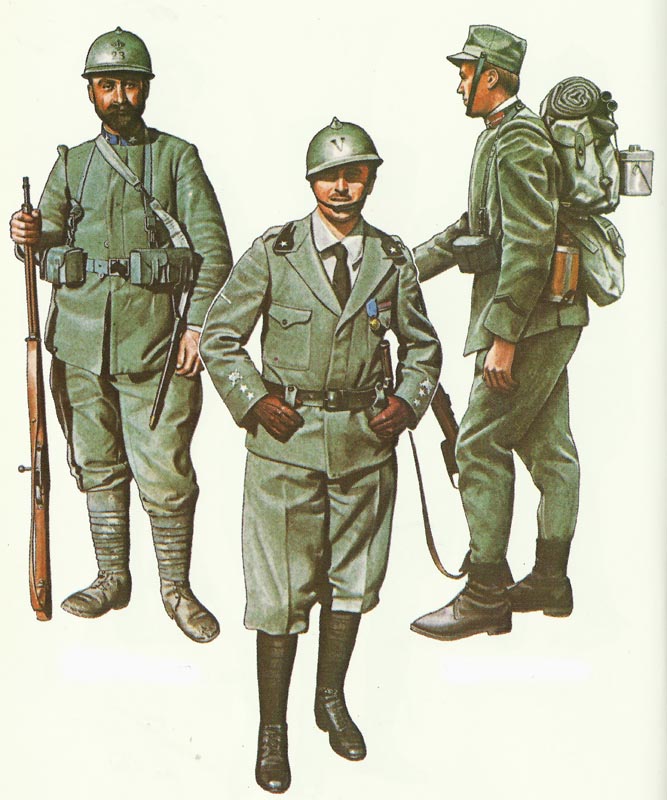
The Italian Army in World War One
Table of Contents
The Italian Army played a significant role in World War One (WWI) after Italy entered the conflict on the side of the Allies in 1915.
Overview
Entry into the war: Italy initially remained neutral but joined the Allies in May 1915 after signing the secret Treaty of London.
Size and composition: At its peak, the Italian Army had about 5.2 million men under arms, with around 4 million deployed for combat.
Main fronts: The Italian Army primarily fought against Austria-Hungary on the Alpine and Isonzo fronts.
Isonzo Campaigns: Italy launched 11 offensives along the Isonzo River between 1915 and 1917, resulting in high casualties but limited territorial gains.
Battle of Caporetto: In October 1917, Austro-Hungarian and German forces inflicted a devastating defeat on the Italian Army at Caporetto, forcing a retreat to the Piave River.
Recovery and final victory: Italy reorganized its forces and, with Allied support, successfully defended against further enemy offensives. The Italian Army played a crucial role in the final Allied victory at the Battle of Vittorio Veneto in 1918.
Leadership: General Luigi Cadorna led the Italian Army until 1917, when he was replaced by General Armando Diaz after the Caporetto defeat.
Equipment and tactics: The Italian Army faced challenges with outdated equipment and tactics early in the war but gradually modernized its approach.
Alpine warfare: Italian troops became skilled in mountain warfare, fighting at high altitudes in the Alps.
Casualties: Italy suffered around 600,000 military deaths and over 950,000 wounded during the war.
The Italian Army’s performance in WWI was mixed, with both significant setbacks and eventual contributions to the Allied victory. Their efforts helped secure Italy’s postwar territorial gains and solidified its position among the victorious powers.
Organisation
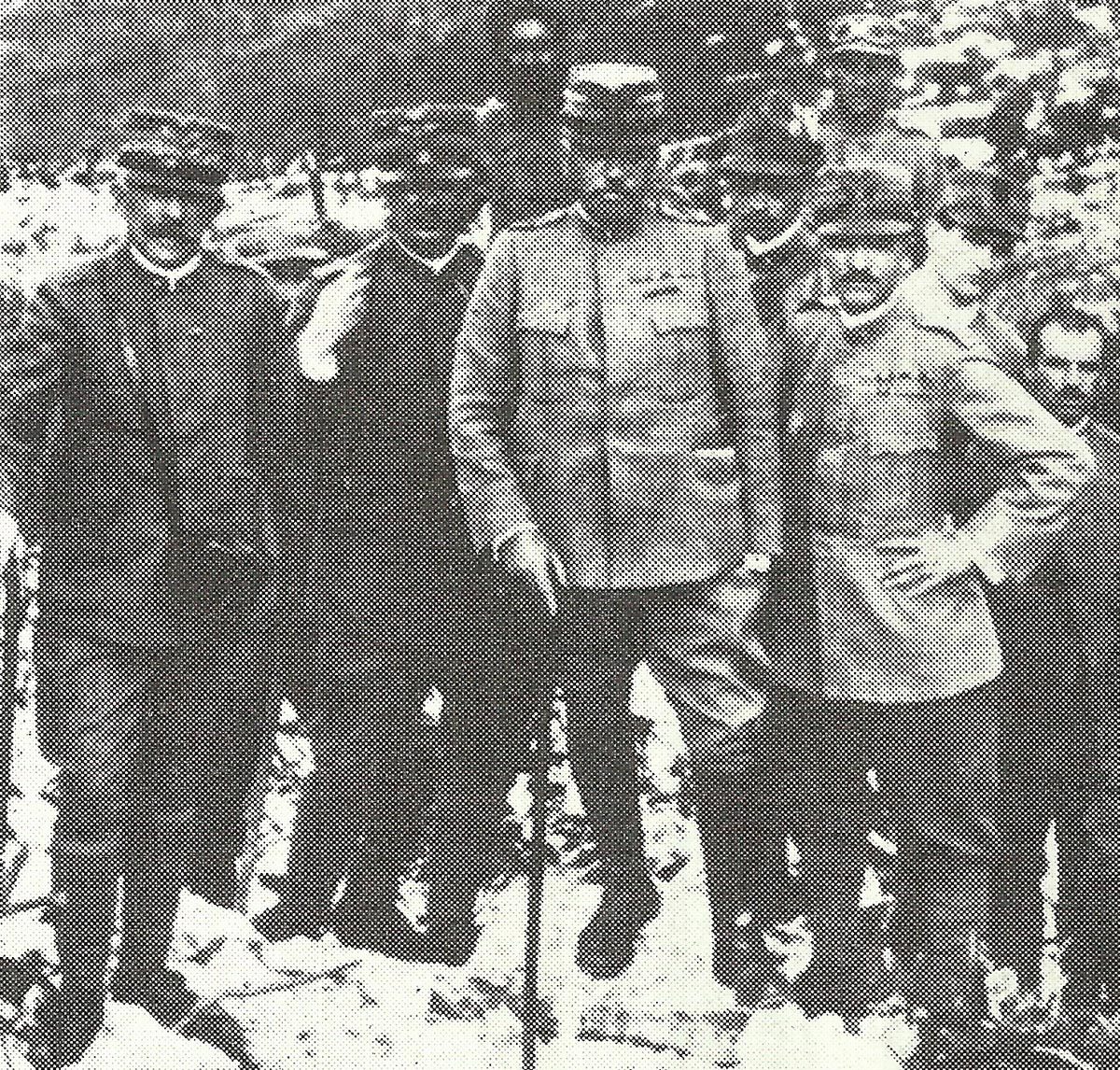
Similarly to various major powers, Italy announced conscription within the 1870s, establishing the time of obligatory army service at 3 years. In several ways the military was the sole unquestionably nationwide organization within the brand-new state of Italy; however it had been by itself an amalgam associated with old regional military combined across the Piedmontese Army, just as Italy had herself united around the Piedmontese monarchy. While its element sections had their particular pleased traditions the Piedmontese traditions dominated, leading to disappointment as well as bitterness whenever Piedmontese officers enjoyed preferential treatment and promotion. There were, needless to say, exceptions – particularly General Armando Diaz who, regardless of being a Neapolitan of Spanish ancestry, went up to command the Italian Army over the last year of World War One.
Regardless of the restrictions enforced by Italy’s economic and educational deficiencies, the Italian Army was really an innovator in a variety of features of army modernization. The Italians were the first to employ planes in warfare (in Libya, from Oct 1912) and also to make extensive usage of armored cars, even though an expanding passion for motorized transportation could have indicated the nation’s traditional lack of horses.
Economic and governmental difficulties resulted in a much-needed re-equipment program was performed really slowly. By 1914 the Italian Army had still not replaced material lost in Libya, however between August 1914 and May 1915 things went more rapidly with the background of warfare towards the north; there was a spectacular decrease in squandering of resources, and a major boost in the amount of junior officers. The military seemed to be assisted by the phenomenon of ‘volontarismo’, which demonstrated the popular feeling.
The plan of employing the military to enhance national unity concluded in a complicated procedure of conscription as well as mobilization. Each regiment received its recruits coming from two different areas after which directed these to a third one. As soon as their duration of military service was finished, nevertheless, men came back home as reservists. Whenever recalled to the colors, these men become a member of their regional instead of their original regiments. As a result such regiments of reservists created territorial identities.
The sole exclusions to this system of combining and switching recruits were the Alpini, enrolled from the Alpine areas of northern Italy in which they continued to be based.
Within the recruitment plan of 1907, all able-bodied men were chargeable for call-up in 3 classes between the ages of Nineteen and Thirty eight years. The first class spent 2 years with the colors, 6 in the reserve, 4 in the Mobile Militia, and 7 in the Territorial Militia. The 2nd class spent 6 months with the colors, 7 and 1 / 2 years in the reserve, and the same periods in the militia as class one. The 3rd class spent all 19 years in the Territorial Militia, however gotten simply no valuable exercise.
The truth is, nevertheless, simply a fraction of those suitable actually served in the army; e.g. in 1911 lower than 25 per cent of those chargeable for military service were in fact called up for exercise. Consequently, the ‘active army’ consisted of regular officers – always lower than needed – in addition to class 1 recruits. To make situations even worse, the recruits were expected to review in November annually, on the other hand real military service was postponed until the subsequent March. Because the difference wasn’t, in reality, filled up with class 2 soldiers under training, there was basically simply no army in being throughout the winter season. Even in summer several units had below 10 % of their nominal strength.
Difficulties were worsened by a severe lack of NCO’s, who were typically drawn from Italy’s tiny literate lower middle class. In spite of this, the army did accomplish significant improvements during the instant prelude to World War One.
Strengths
By May 1915 the Chief of the General Staff, General Cadorna, had mobilized 23,039 officers, 852,217 other ranks and 9,163 civilians. King Vittorio-Emanuele was nominally commander-in-chief and spent the war behind the front, nevertheless General Cadorna in fact worked out control as the king mediated between his chief of staff and the government in Rome.
Italy joined the war with Twelve army corps inside Italy, each with 2 active infantry divisions.
The corps were located as the following:
- I Corps Turin,
- II – Alessandria,
- III – Milan,
- IV – Genoa,
- V – Verona,
- VI - Bologna,
- VII – Ancona,
- VIII – Florence,
- IX – Rome,
- X – Naples,
- XI Bari,
- XII – Palermo/Cagliari (being unique with 3 divisions).
There were additionally 2 corps from the colonies. These Fourteen corps were split between 4 armies.
Throughout the war the army extended hugely and its arrangement was changed to reflect the modern facts of trench warfare. By late 1915 there were actually 181 new combat battalions including 72 of line infantry, 4 of Bersaglieri, Twenty six of Alpini, 4 of mountain artillery, Eighteen of heavy artillery, Twenty of super heavy artillery, and Thirty seven of combat engineers. This enhanced even more by October 1917, when there were theoretically 26 army corps adding up to Sixty five infantry and 4 cavalry divisions (in fact there were Twenty-seven infantry corps, because the 35th Division in Macedonia was as powerful as a corps).
The catastrophe at Caporetto in October 1917 and the resultant Italian retreat to the Piave river cost the army some 300,000 men killed, wounded and captured, 3,150 artillery guns, 1,732 mortars, 3,000 machine guns and 300,000 rifles, therefore requiring the practical reconstructing of the Italian Army. The new Chief of the General Staff; General Armando Diaz, disbanded the destroyed remnants of Forty six infantry regiments, 4 Bersaglieri regiments, Fifteen Alpini battalions and various support units.
The army shrank to Thirty-three divisions; but 1917-18 observed an impressive restoration, with the raising of new units and the creation of new formations. By the end of World War One some 5.2 million soldiers were under colors, in 9 numbered armies and numerous rear echelon companies.
Each corps made of 2 infantry divisions, one Bersaglieri regiment, one cavalry regiment, one 8-battery field artillery regiment, 2 or 3 batteries of heavy howitzers, and support units.
ITALY (May 23, 1915 – November 3, 1918)
- Soldiers available on mobilization = 3,450,000
- Army strength during the war = 5,615,000
- KIA Military = 460,000
- Wounded Military = 947,000
- Civilian losses = unknown, but low
References and literature
History of World War I (AJP Taylos, S.L. Mayer)
Der Erste Weltkrieg – Storia illustrata della Prima Guerra Mondiale (Hans Kaiser)
Army Uniforms of World War I (Andrew Mollo, Pierre Turner)
World War I Infantry in Colour Photographs (Laurent Mirouze)
The Italian Army of World War I (Raffaele Ruggeri)



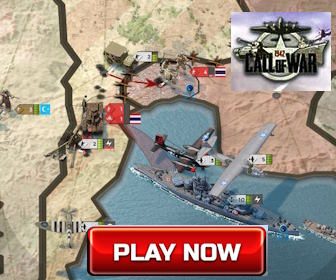

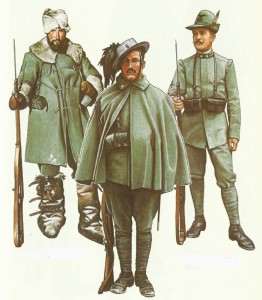
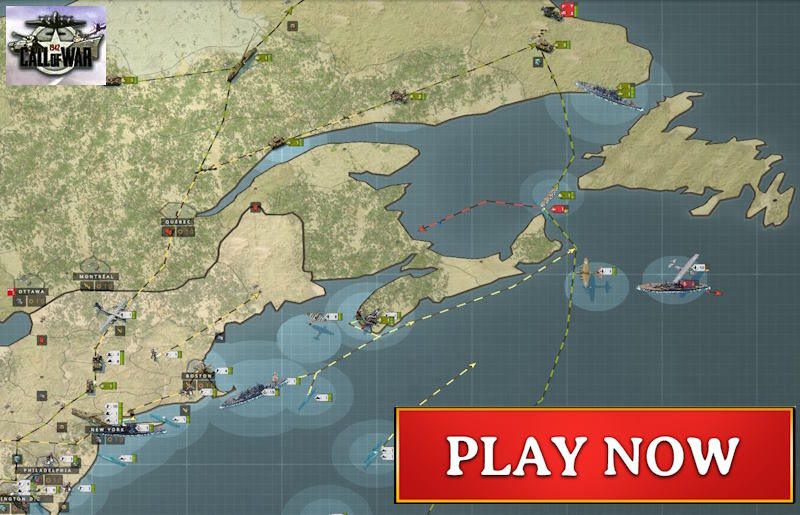
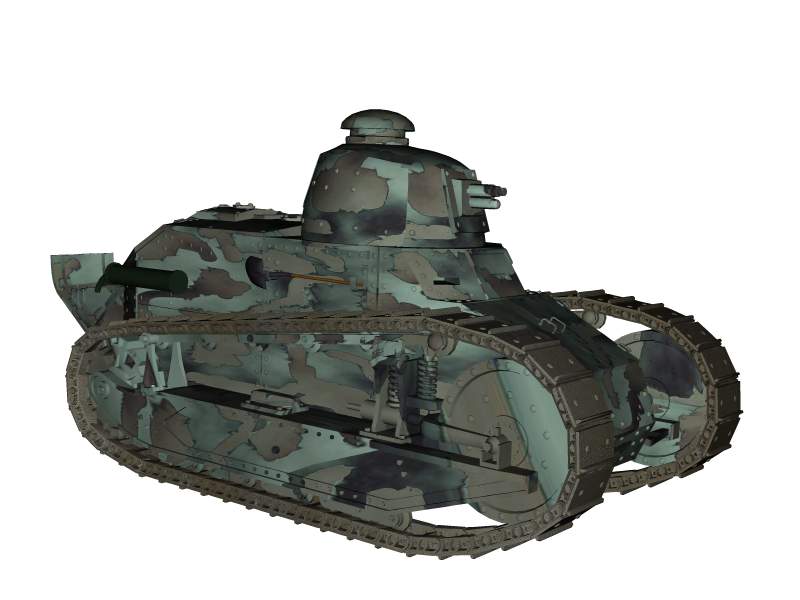
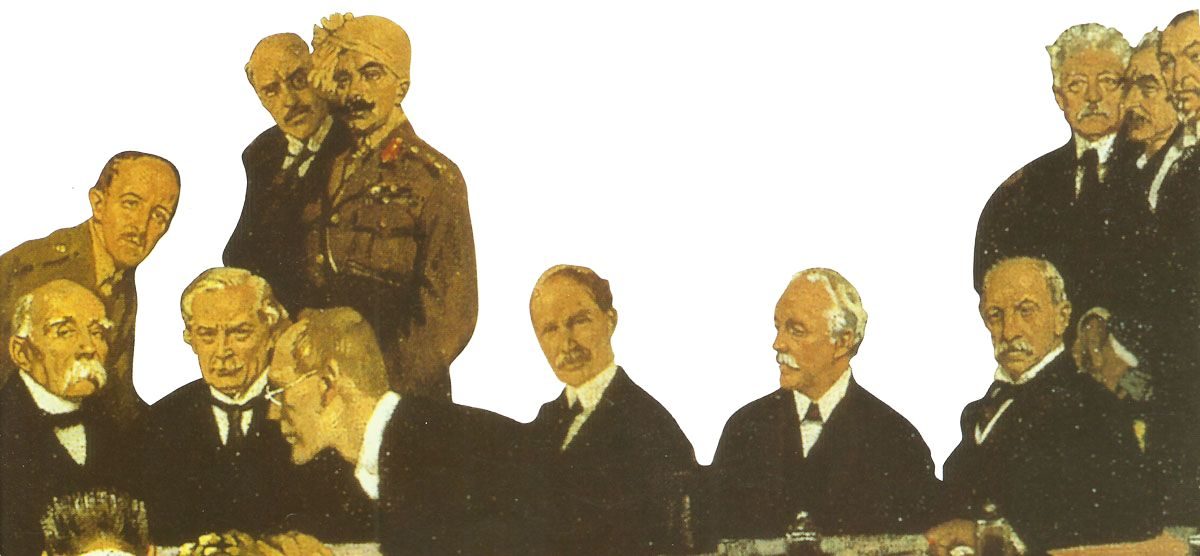
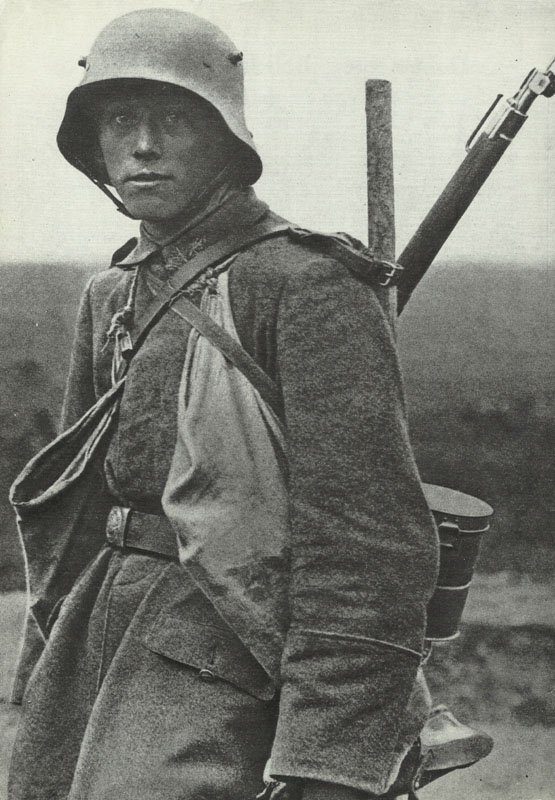
I am trying to find out details of a Antonio ADELIZZI who died during the 1st World War in Italy. I am trying to find his connections to Norwich as his name is on a plaque in The Catholoic Cathedral in Norwich..